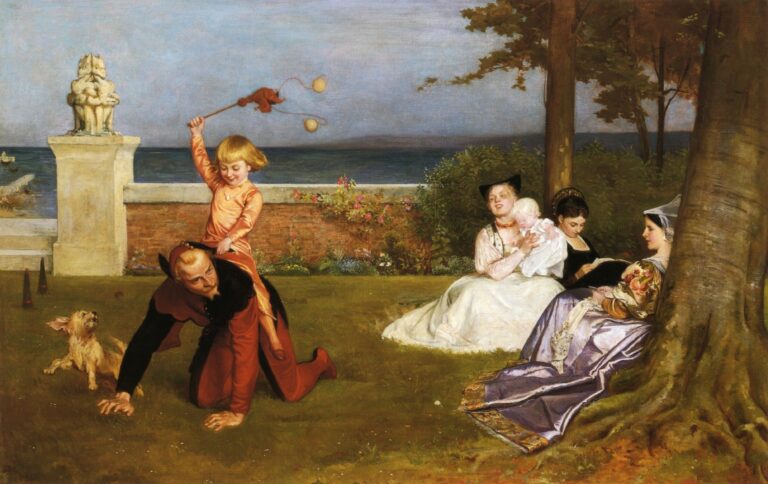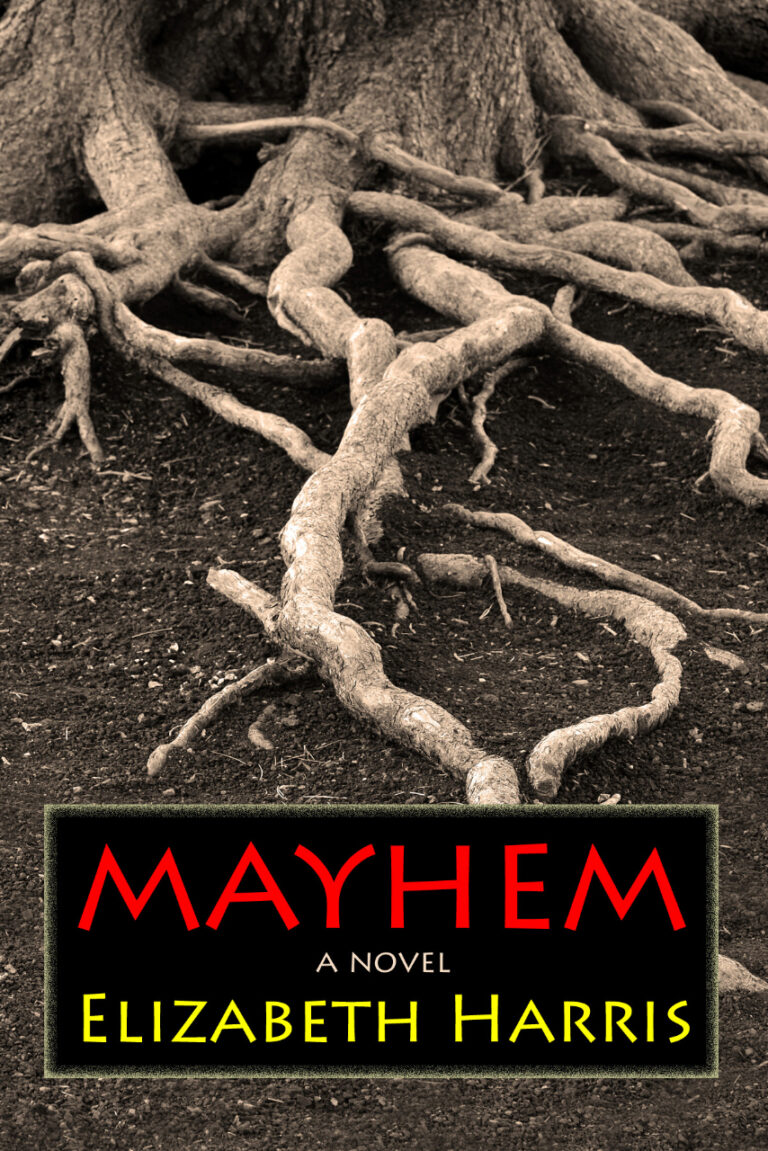The Best Short Story I Read in a Lit Mag This Week: “Crash Sheep Plant” by Emily Abrons
Last week’s column discussed the nature of perception, and the way in which Dan Reiter’s “Shifts” revealed how one mind might battle over the interpretation of the same event. In this week’s story, “Crash Sheep Plant” (Alice Blue Review 26), Emily Abrons juxtaposes a car crash with grazing sheep and plant life, and in doing so explores how context shapes the nature of a tragedy.
The title itself serves as a microcosm of how the rest of the story will work: through juxtaposition. Crash and sheep and plant are all common words that bring hundreds—maybe thousands—of possible associations into a reader’s mind. But a reader has probably never seen those words set next to each other before. The image they create is strange, perhaps a disparate collage, evoking confusion, maybe even anxiety. It’s the first sign that this story is going to defy some conventions in order to exploit others.
The title also reveals the organizational structure of the story. In the first section, dealing with the crash, Abrons gives us a detailed, matter-of-fact description of its aftermath.
“A small tour bus has collided head-on with a compact automobile…Seven of the original twelve passengers in the bus were dead within thirty eight seconds of the impact…the cause of the crash is unknown.”
While the victims remain anonymous—their names, their plights—Abrons provides lush descriptions of the wreckage itself, giving it life.
“Streams of smoke exit the windows and drift out from beneath the vehicle…Liquid settles into the miniature pits within the pavement, drips onto the desiccated soil and eventually trickles through, leaving stained images of budding circles on the surface of the ground.”
With lyrical strokes and use of the objective point-of-view, Abrons shines light on the objects left behind. Where other authors might choose to focus on the characters’ lives, and in doing so begin to shape the crash into a human tragedy, Abrons—by focusing on the context—depersonalizes the event, giving it a mythical feel instead.
In the next section, Abrons zooms further out, this time bringing the reader’s focus to a grazing herd of sheep who have made their way across the field to see what is happening at the crash site.
“They stop several yards from the wreckage and look at the objects on the road. One ram attempts to mount an ewe, thrusting his pelvis in the air behind her, but the ewe rebuffs the attempt and settles into a different area of the flock…After 45 minutes the flock follows a sheep that moves to a small area of shade beneath a stand of holm oak, which hangs clustered tails of pale green catkins over their heads.”
Imagine how different this section would have been were it written from the perspective of, say, a medic, or a coroner, or even those waiting in traffic adjacent to the crash as opposed to the sheep. The use of the sheep’s POV relegates the crash to mere minor interest, not even tragic enough to prevent the wanton advances of a ram and the aloof grazing of the flock.
In the final section, Abrons first takes us out on a sweeping tour of the surrounding areas, broadening the context further, showing us how the landscape, “stretches out across low mountains that eventually reach the sea.” She closes by zooming in to a microscopic view, describing the functions of the pores of a blade of grass, revealing what feels like another enormous world in miniature.
“One particle skids over the cuticle surface and lodges briefly in a pore, then shudders within the circle of cells before being swept away again. The pore resumes exchanging gases. It takes in a carbon atom, which the plant will use to grow, and in its place a molecule of oxygen is carried away by the wind.”
In the novel All the King’s Men, Robert Penn Warren wrote, “Reality is not a function of the event as event, but of the relationship of that event to past, and future, events.” Abrons creates a new reality for the car crash by avoiding the typical human events proceeding it and instead describing how those of the natural world continue on after the crash. As a result, the reader gets the sense that, in the grand scheme of things, this crash isn’t quite as terrible and important as it might have felt with a more conventional story treatment. It feels smaller and much less important amidst the broader scope of nature, indifferent or oblivious.
Depending on the reader’s perspective that might be joyful news, or its own kind of tragedy.

